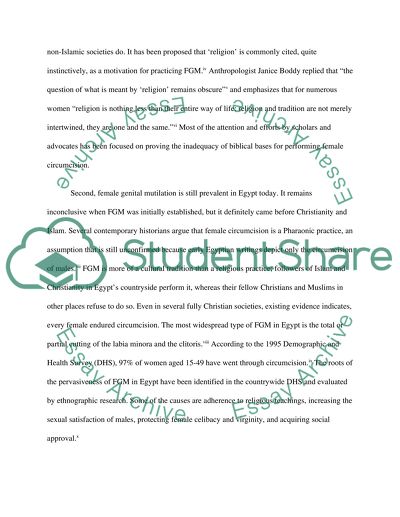Cite this document
(“Female Genital Mutilation (FGM) in Egypt: Eradicating a Local Thesis Proposal”, n.d.)
Retrieved from https://studentshare.org/gender-sexual-studies/1395315-female-genital-mutilation-fgm-in-egypt-eradicating-a-local-tradition-through-global-intervention-strategies
Retrieved from https://studentshare.org/gender-sexual-studies/1395315-female-genital-mutilation-fgm-in-egypt-eradicating-a-local-tradition-through-global-intervention-strategies
(Female Genital Mutilation (FGM) in Egypt: Eradicating a Local Thesis Proposal)
https://studentshare.org/gender-sexual-studies/1395315-female-genital-mutilation-fgm-in-egypt-eradicating-a-local-tradition-through-global-intervention-strategies.
https://studentshare.org/gender-sexual-studies/1395315-female-genital-mutilation-fgm-in-egypt-eradicating-a-local-tradition-through-global-intervention-strategies.
“Female Genital Mutilation (FGM) in Egypt: Eradicating a Local Thesis Proposal”, n.d. https://studentshare.org/gender-sexual-studies/1395315-female-genital-mutilation-fgm-in-egypt-eradicating-a-local-tradition-through-global-intervention-strategies.


